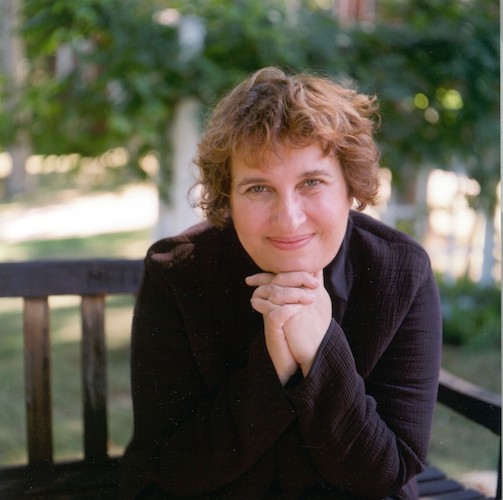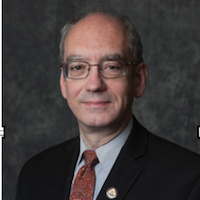Naropa University President Chuck Lief recently sat down at the Mindful Leadership Summit with some of today’s most influential leaders in business, the nonprofit sector, government, and within the mindful movement to ask what mindful leadership means to them. This five-part series begins with a conversation with Sharon Salzberg, considered by many to be one of the most influential people in the mindfulness movement, and author of numerous articles and books, including “Real Happiness at Work.”~
~
What is mindful leadership?
Mindful leadership is visionary leadership; it’s a way of listening to people.
There’s a saying in Zen that the goal of every Zen master is to train students whose realization goes beyond the teacher’s, and I think that’s mindful leadership.
The process of leading people isn’t for the gratification of your own ego, but rather for the betterment of the whole, or the people who are counting on you for direction. It’s not having your ego in first place.
You are a highly visible Buddhist teacher who has learned how to discuss mindfulness with some of today’s biggest corporations, and it feels new. Are you sharing mindfulness with messaging that relates back to older themes, or has this blossomed into something bigger?
For me, it’s 21st century language for what I first learned in the 1970s. I did my first retreat in India, and on the first evening of that retreat in January 1971, my teacher told me that the Buddha did not teach Buddhism, but a way of life. This became my foundation of understanding.
I always come back to the Buddha saying, “I teach one thing and I teach one thing only: that is suffering and the end of suffering.”
When Jon Kabat-Zinn started Mindfulness-Based Stress Reduction (MBSR), the population that Jon was working with at that time was primarily suffering something of a medical nature and included stress-related illnesses, such as, migraines that weren’t being cured.
I saw then how sincere those students were and I saw those moments where, for example, one guy with 25 years of chronic migraines talked about finding space in the pain, or someone else saying, “I discovered that I am not my thoughts.”
I saw the intensity of the motivation of the people, and the skill of the method. Even though the words are different from those in an explicitly Buddhist retreat, it was certainly making a difference in people’s lives.
~
You raise an interesting question on whether suffering should be an area of focus. How do you work with that, knowing that in many cases your engagement with some companies is very short-term?
One of the inhibitions in going into companies is that many people don’t want to appear vulnerable with their supervisors or colleagues.
But the truth is, of course, that they’re all just people. So someone who goes in for a longer term will probably delve into employees sharing information on their family’s afflictions with alcoholism or drug abuse, their marriages, or other forms of suffering. They might not call it suffering and instead call it stress or depletion, but it’s real.
George Mumford, the meditation teacher for the NY Knicks basketball team, acknowledged that he can’t refer to compassion yet because it’s too soon, and he instead says, “Don’t be hatin’,” which is great because it addresses the concepts in a very relatable way.
~
Check out more interviews from this series as they become available:
10 Minutes With: Congressman Tim Ryan.
10 Minutes With: Motley Fool CEO & Co-Founder, Tom Gardner.
~
Love elephant and want to go steady?
Sign up for our (curated) daily and weekly newsletters!
~
~
Author: Chuck Lief
Editor: Travis May
Photo: Wiki Commons


 Share on bsky
Share on bsky





Read 0 comments and reply